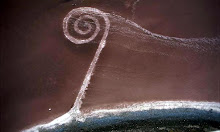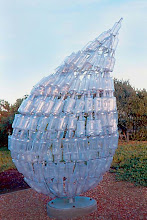
Roland Barthes retains a sense of profundity in his work. His ideas of transforming everyday things into true science, the punctum & the studium, and his criticism in general have had great impact on the world of modern art and criticism. Focusing on the punctum and studium, today I will look at its relation to the situation.
As noted, images will outlast their producers. That being known, it is interesting to see that situation, something that is so dynamic, can be captured in film. We can look at any given photo and without hesitation point out that there is a situation, whether manufactured or natural; that is, the difference between theatricality and absorption. Going back to my own photos, there is a distinct punctum that is quite irritating in almost every picture. The absorption that is associated with candidness is something I firmly believe comprises any punctum. Looking at Nicaragua, I see that the punctum is a product of the situation itself. If the nuns were not walking one way, the soldiers another, there would be no situation (of course depending on your standards for a situation), hence no punctum. It is, as I see it very difficult to have art devoid of a punctum, for almost everything creates some sort of tension, even if it’s the aesthetics of the thing that please you in the first place.
This is not to say the punctum is limited to the realms of photography, for its applications extend far beyond. Let us look at Chris Burden’s performance art. The crux of performance art, especially Burden’s, lies at the situation; Burden puts himself in a situation in which he leaves the outcome to the external stimuli that are involved (whether or not they want to be).
Every situation carries with it a “punctum,” a sense of tension, of “pricks.” The sensation is familiar, mostly because from situation to situation we feel this. We are pelted with punctums thus desensitizing us, making it easier to find in works of art.










No comments:
Post a Comment